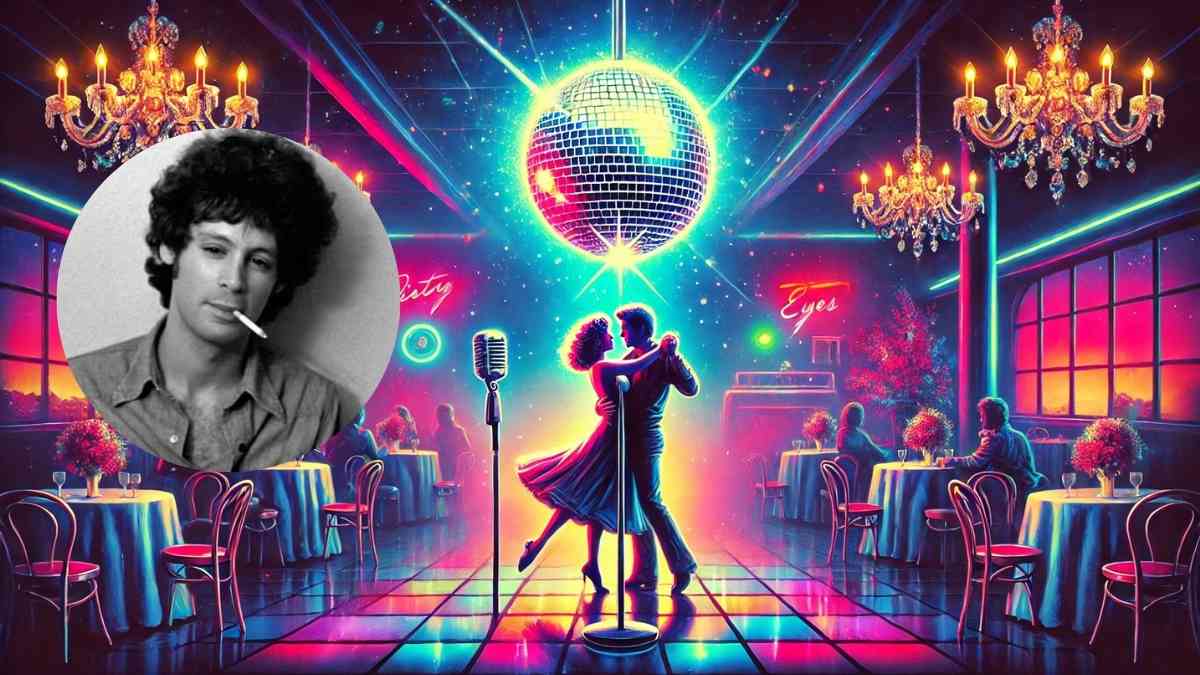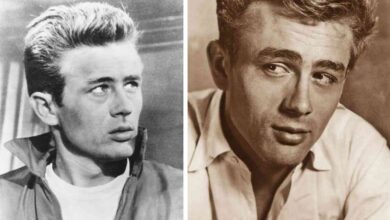Eric Carmen Hungry Eyes: The Iconic Song That Defined an Era
Discover the timeless appeal and cultural impact of Eric Carmen’s unforgettable hit.

The Story Behind “Eric Carmen Hungry Eyes”
Released in 1987 as part of the soundtrack for the blockbuster movie Dirty Dancing, “Hungry Eyes” by Eric Carmen remains one of the most iconic love ballads of the 1980s. The song’s romantic lyrics, catchy melody, and soulful vocals perfectly captured the essence of a generation infatuated with heartfelt music and timeless storytelling. Its placement in a movie that defined romance and passion only amplified its resonance.
Origins of the Song
“Hungry Eyes” was originally written by Franke Previte and John DeNicola, the same duo responsible for the Academy Award-winning song “(I’ve Had) The Time of My Life.” Before Eric Carmen recorded the track, it was first performed by Previte’s band, Franke and the Knockouts. However, it was Carmen’s rendition that transformed “Hungry Eyes” into a chart-topping hit.
Eric Carmen’s Musical Journey
Eric Carmen was no stranger to success before “Hungry Eyes.” As a member of the Raspberries, he was a pioneer of the power pop genre in the 1970s. Hits like “Go All the Way” showcased his knack for creating music that balanced rock sensibilities with emotional depth. After the Raspberries disbanded, Carmen’s solo career flourished with hits such as “All by Myself” and “Never Gonna Fall in Love Again.”
When he took on “Hungry Eyes,” Carmen infused it with his signature style—soulful, passionate, and evocative. His vocal delivery and emotional depth brought the song to life, ensuring its place in music history.
“Hungry Eyes” and Its Place in Dirty Dancing
The inclusion of “Hungry Eyes” in Dirty Dancing was a masterstroke. The movie, set in the 1960s, explored themes of love, freedom, and self-discovery. The song’s lyrics and melody perfectly complemented the chemistry between the lead characters, Johnny Castle (Patrick Swayze) and Baby (Jennifer Grey). As one of the standout tracks on the movie’s soundtrack, “Hungry Eyes” contributed to the film’s legendary status.
The song’s placement in key romantic scenes made it unforgettable. It wasn’t just a background track; it became an integral part of the movie’s emotional landscape.
Chart Success and Cultural Impact
Upon its release as a single, “Hungry Eyes” quickly climbed the charts. It peaked at number 4 on the Billboard Hot 100 in 1988, cementing its status as a hit. Its widespread appeal wasn’t limited to the United States; the song also enjoyed significant international success, resonating with audiences worldwide.
The cultural impact of “Hungry Eyes” extends beyond its chart performance. It has been featured in countless playlists, karaoke nights, and romantic compilations. Its universal theme of longing and desire ensures its relevance across generations.
The Lyrics and Meaning Behind “Hungry Eyes”
The lyrics of “Hungry Eyes” speak to a deep, almost primal yearning. Lines like “One look at you and I can’t disguise, I’ve got hungry eyes” capture the intensity of infatuation and romantic attraction. The song’s imagery evokes a sense of vulnerability and passion, making it relatable to anyone who has ever experienced the thrill of falling in love.
Production and Musical Composition
The production of “Hungry Eyes” features a blend of pop and soft rock elements. The use of synthesizers, a steady drumbeat, and Carmen’s emotive vocals create a sound that is both nostalgic and timeless. The song’s arrangement builds gradually, mirroring the emotional crescendo of its lyrics.
John DeNicola’s production expertise ensured that the song retained its emotional depth while appealing to mainstream audiences. The result was a track that sounded fresh yet classic, a hallmark of great pop music.
Legacy and Enduring Popularity
More than three decades after its release, “Hungry Eyes” continues to captivate listeners. It is frequently played on classic radio stations and remains a popular choice for romantic occasions. The song’s connection to Dirty Dancing also ensures its place in popular culture.
Eric Carmen’s performance of “Hungry Eyes” has become synonymous with his career. While he has an extensive catalog of hits, this song stands out as a defining moment in his musical journey. For many fans, it encapsulates the magic of the 1980s and the enduring power of love songs.
The Influence of “Hungry Eyes” on Modern Music
The influence of “Hungry Eyes” can be seen in the work of contemporary artists who aim to blend emotion with catchy melodies. Its success demonstrated the power of a well-crafted ballad to resonate with audiences worldwide. Even today, musicians look to songs like “Hungry Eyes” as benchmarks for creating timeless music.
Why “Hungry Eyes” Remains a Timeless Classic
The enduring popularity of “Hungry Eyes” lies in its universal appeal. It speaks to emotions that are both personal and shared. Whether it’s the thrill of a new romance or the nostalgia for a bygone era, the song continues to evoke powerful feelings.
Its connection to Dirty Dancing adds another layer of meaning. For fans of the movie, the song serves as a reminder of the film’s timeless story and unforgettable performances. For new listeners, it offers a glimpse into the magic of 1980s pop culture.
Conclusion
Eric Carmen Hungry Eyes is more than just a song; it’s a cultural touchstone. Its unforgettable melody, heartfelt lyrics, and connection to one of the most beloved movies of all time ensure its place in music history. Whether you’re a longtime fan or discovering it for the first time, “Hungry Eyes” is a testament to the enduring power of great music.



